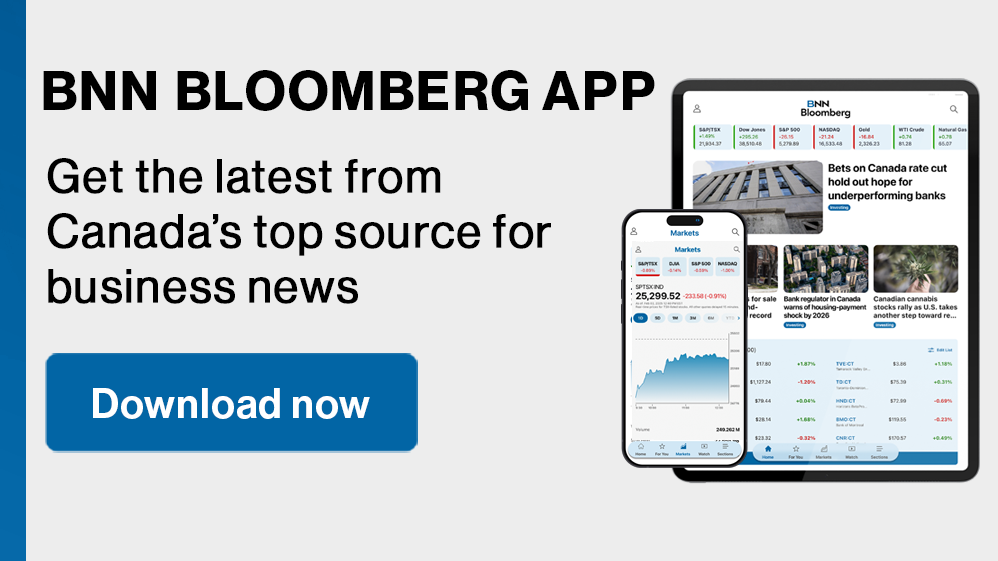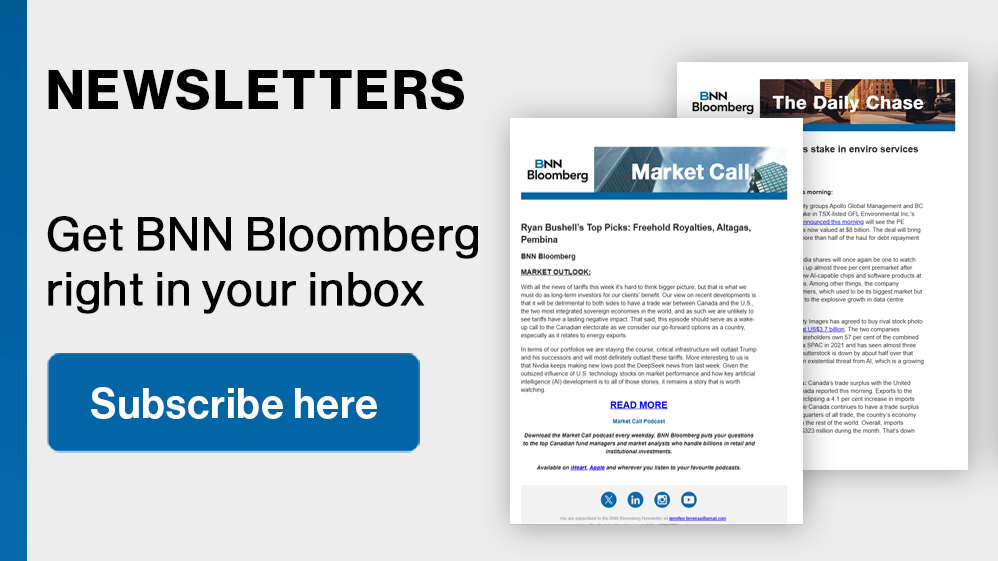(Bloomberg) -- Forecasters anticipate a monthly report on US employment will show a bounce in hiring and a tick lower in the unemployment rate in August, marking a stabilization after the July data sparked a growth scare in financial markets.
Payrolls probably rose by 165,000 last month following July’s 114,000 increase, according to the median estimate in a Bloomberg survey of economists. Unemployment probably edged down to 4.2%, the report due Friday from the Bureau of Labor Statistics is expected to show.
Listen to the Bloomberg Daybreak Europe podcast on Apple, Spotify or anywhere you listen.
The numbers may effectively decide the size of the interest-rate cut the Federal Reserve elects to undertake at its next policy meeting on Sept. 17-18. Investors are currently pricing in about 35 basis points of easing, suggesting they are uncertain as to whether the rate cut will be a quarter-point or half-point reduction.
“The labor market is moderating but gradually,” Shruti Mishra and Aditya Bhave, economists at BofA Securities, said in a Sept. 4 report previewing the data. “Overall, in August, we expect some payback for the statistically anomalous July report.”
Here’s what to watch for in key components of the report:
Nonfarm Payrolls
Payroll growth dropped to just 114,000 in July, and a diffusion index calculated by the BLS that measures the breadth of hiring across industries slipped to the lowest level since the onset of the pandemic in 2020.
Weakness in the July numbers has helped put a dent in expectations for August: The median estimate of 165,000 in Bloomberg’s survey is the lowest forecasters have proffered ahead of the release since January 2022.
What Bloomberg Economics Says...
“The labor market has cooled rapidly over the past few months — and in our view, has already passed the inflection point beyond which unemployment rises persistently. It appears the Fed and markets are still catching up to this idea.”
—Bloomberg economists led by Anna Wong
To read the full note, click here
“Anything below 150k is likely to catch the Fed’s attention, especially since so many Fed officials have already bought in to the idea that immigration may have pushed up the breakeven on payroll growth,” Skanda Amarnath, the executive director of Employ America, said in a Sept. 3 report previewing the numbers.
Labor Force
The unemployment rate is widely expected to edge down in August after a fourth straight month of increases in July triggered a popular recession indicator known as the “Sahm rule.”
A big part of the case for optimism comes from the underlying breakdown of the reasons for unemployment in the July report: The rise was driven by a 30.6% surge in the number of working Americans reporting they’d been placed on “temporary layoff.” One-month increases of that magnitude have only been recorded six other times in 57 years of data, two of which were in March and April 2020.
In a Sept. 1 report, Goldman Sachs economists led by Jan Hatzius said they expect unemployment to tick down to 4.2%, “reflecting the reversal of some of the temporary layoffs that boosted the unemployment rate in July, especially those that appeared linked to summer auto plant retooling shutdowns or extreme heat.”
Hourly Earnings
The median estimate in Bloomberg’s survey calls for a slight acceleration in growth of average hourly earnings in August, to 0.3% on a monthly basis and 3.7% on a 12-month basis.
Still, economists aren’t making much of it — and neither is Fed Chair Jerome Powell, who said in his Aug. 23 speech in Jackson Hole that “it seems unlikely that the labor market will be a source of elevated inflationary pressures anytime soon.”
“After a long period of deceleration, wage gains may be leveling off,” Stephen Stanley, the chief US economist at Santander Capital Markets, said in a Sept. 5 preview of the report. “I would expect average hourly earnings on a year‐over‐year basis to tick up in August after July’s dip to 3.6% but to remain in a 3.5% to 3.8% range for the rest of the year.”
©2024 Bloomberg L.P.













